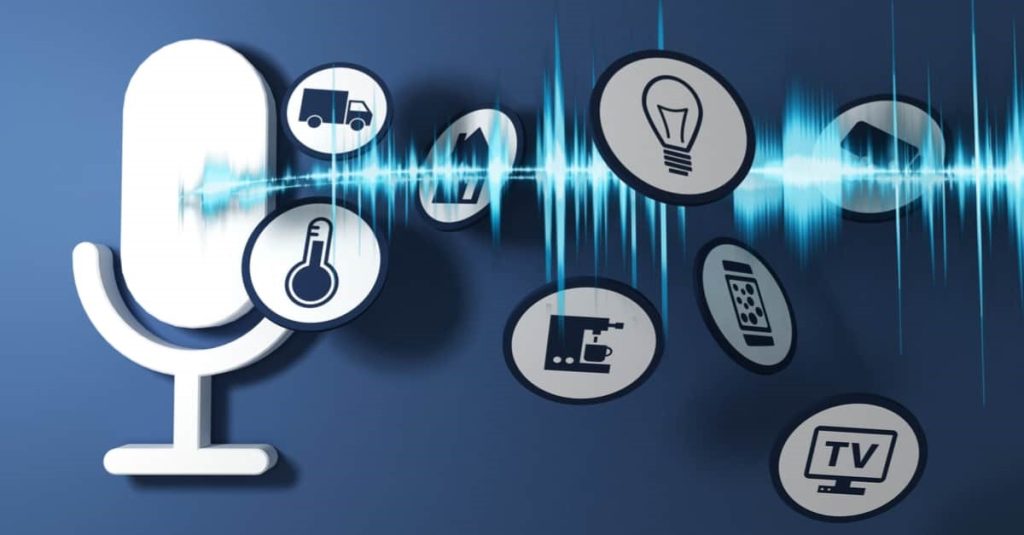Technology has recently evolved, becoming more integral to human life. Under this vast umbrella, there also are digital assistants, which have changed how we relate to the world. They understand our commands and carry out our directives, making our lives easier.
The evolution of voice assistants shows how far we have come as a race. If you’ve ever yelled “Hey Siri” to activate a command or trigger a shortcut to play games on https://mr.bet/at/casino/type/slot on your iPhone, then you’re in the business of using digital assistants. It becomes exciting to see what the future holds. While we wait, let’s take a trip down memory lane.
The Emergence of Siri
2011 was the year of AI-powered assistants. Siri, which is now available on all Apple devices, including iPads, Macs, HomePod, and iWatch, came into the scene as a feature on Apple’s iPhone 4s. Since its launch, the digital assistant has paved the way for other AI-powered tech. Now, further implementations are using more advanced technology. Siri had limited ability, serving as a voice-activated tool to help users set reminders and alarms. They could also send messages and open shortcuts quickly. The assistant struggled to interpret directives and provide accurate answers at the time.
As the years progressed, Apple improved Siri’s capabilities. They addressed complaints to make the program more functional, which simultaneously increased the UX rate. Users now recognize it as more than just an assistant. It has become essential, aiding daily tasks and even controlling smart devices. Siri deserves its flowers and recognition as the first digital voice-activated assistant. Its implementation caused more tech companies to enter the fray, creating a competitive environment for other assistants to thrive.
Advancements in Voice Recognition
Technology isn’t stagnant, so it wouldn’t make sense to assume that the domain of voice assistants has not evolved. Siri no longer dominates the scene as it did some years back. This spells a good thing as it means more companies and minds are working hard to innovate the industry.
The emergence of other companies has changed the industry. Top brands like Google, Microsoft, and Amazon have also developed voice-activated technology. There is enormous competition between these companies. They constantly seek new ways to change the game to remain relevant. Releasing more advanced features that promote the capabilities and functionalities of these tools is one way. More top companies have put their feet into the market, including big names like Amazon, Google, and Microsoft, which has already caused a shift in the industry. This spells a time for users who would enjoy the benefits.
Voice assistants can now carry out tasks better. They understand context, offering personalized responses that are relevant to the prompts. They can also solve complex questions, allowing you to hand off tasks. These features have been made possible by extensive research and development of specific algorithms based on artificial intelligence, including:
- Machine Learning: This innovation includes deep learning algorithms, using which virtual assistants analyze interactions and learn to give human-like responses;
- Natural Language Processing (NLP): The system uses this feature to decipher meaning and intention from prompts. This way, it responds within context;
- Internet of Things (IoT): With this technology, smart home systems are designed to automate tasks and control other devices.
Integrating Into Everyday Life
The primary aim of every software designer is to provide users with relevant tools. They aim to do this while promoting an interactive experience. Voice assistants have become integrated into our daily routines. Everyday tasks are now done with enhanced ease and accessibility. Users can set alarms, send messages, and initiate calls using voice commands. This is a tip of the capabilities of these AI-powered friends.
Their functionality expands beyond smartphones. Aside from Siri, Google Assistant and Amazon’s Alexa provide impressive uses that stretch to home devices like smart speakers, smart TVs, and cars. Imagine the ease of calling Alexa from your bed. “Alexa, shut the blinds!” No need to go out of your way to control your devices or maintain your space as you prefer. The best part is that they even allow you remote control from anywhere. You can even lock the doors from your office by syncing your smartphone with your home devices!
More investments into language recognition have made these AI-powered friends more receptive. With these multilingual and localization capabilities, language support is now available to global audiences.
The Future of Voice-Activated Wonders
AI-powered assistants featuring voice-activated technology have come a long way since their inception over a decade ago. The best part is that the industry promises to deliver more successful features in the future.
Developers are doing their best to ensure improved contextual understanding and multi-modal interactions. Modern AI-powered helpers already have these capabilities. Still, they will build on the existing protocols, improving interactions through natural communication. Assistants would also do a better job of understanding and interpreting information in the proper context.
Emerging trends like augmented reality (AR) and virtual reality (VR) will play a significant role in this evolution, allowing users and assistants to interact in a more immersive way.



